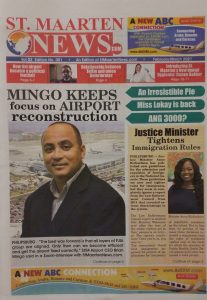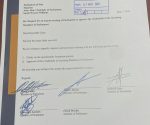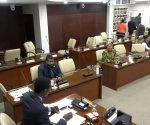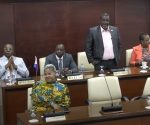Mingo keeps focus on airport reconstruction
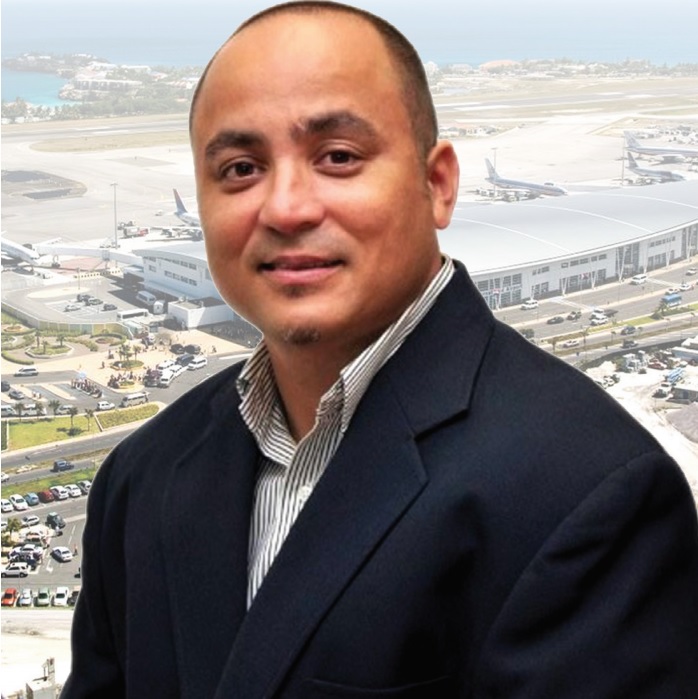
PHILIPSBURG -- “The best way forward is that all layers of PJIA group are aligned. Only then can we become efficient and get the airport fixed correctly,” SXM Airport CEO Brian Mingo said in a Zoom-interview with StMaartenNews.com.
You can read this article in full by buying a subscription (Daily, Monthly, Yearly or Insider).
Click here to buy a subscription now>>>
Or you can get a copy of our recently printed February-March 2021 special print edition.












